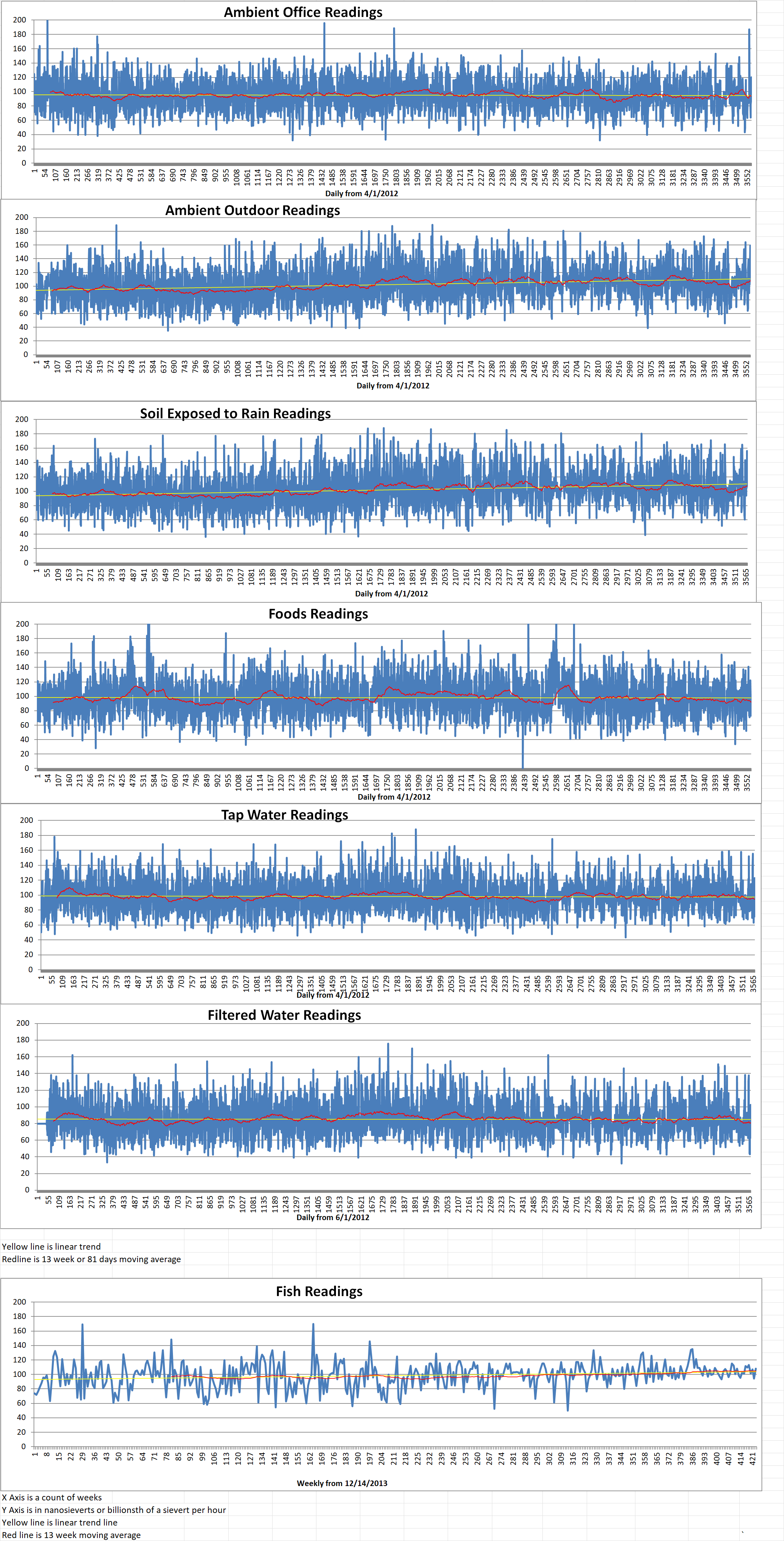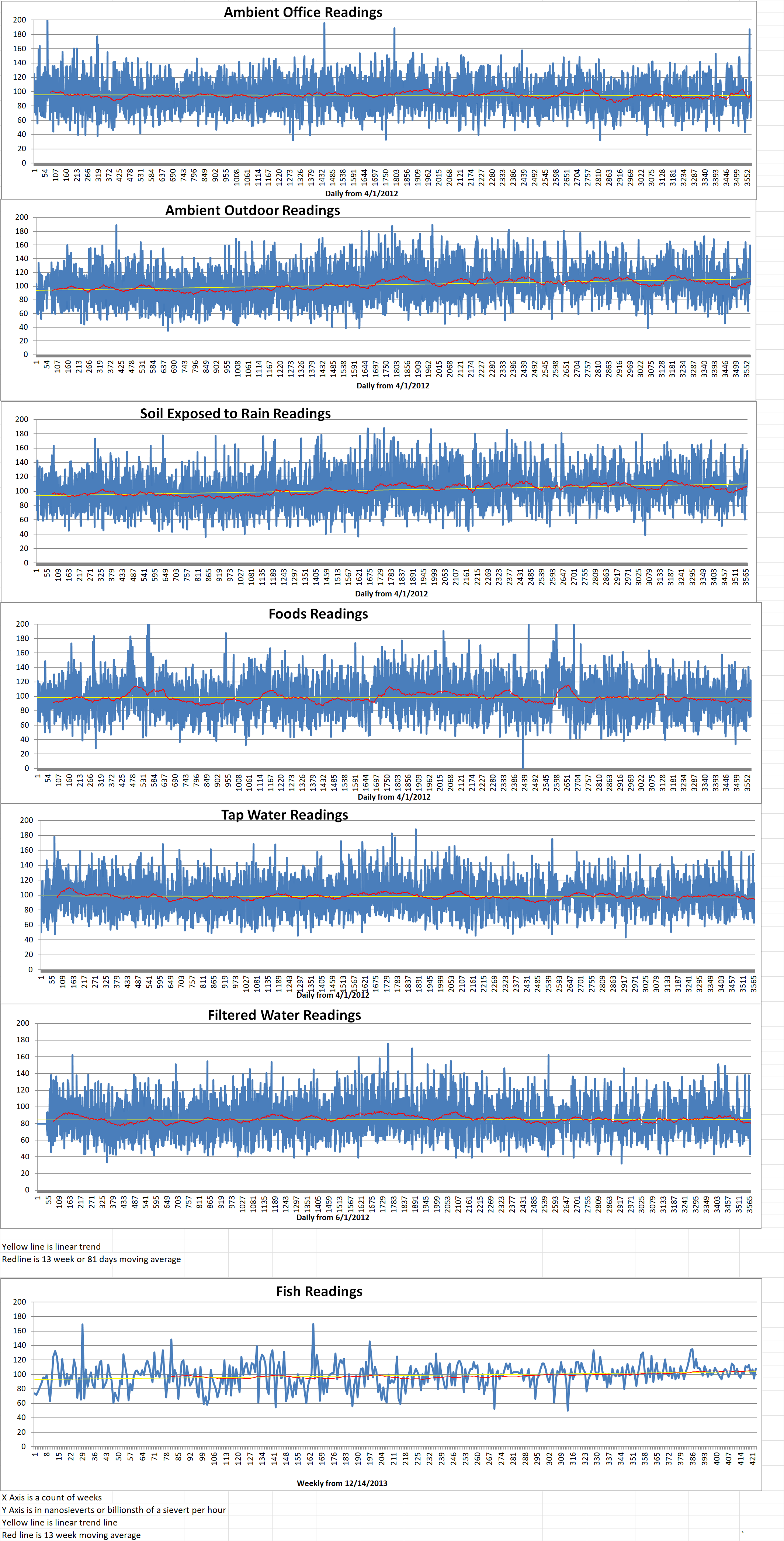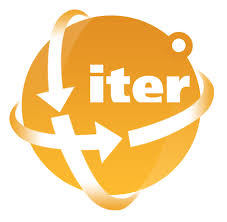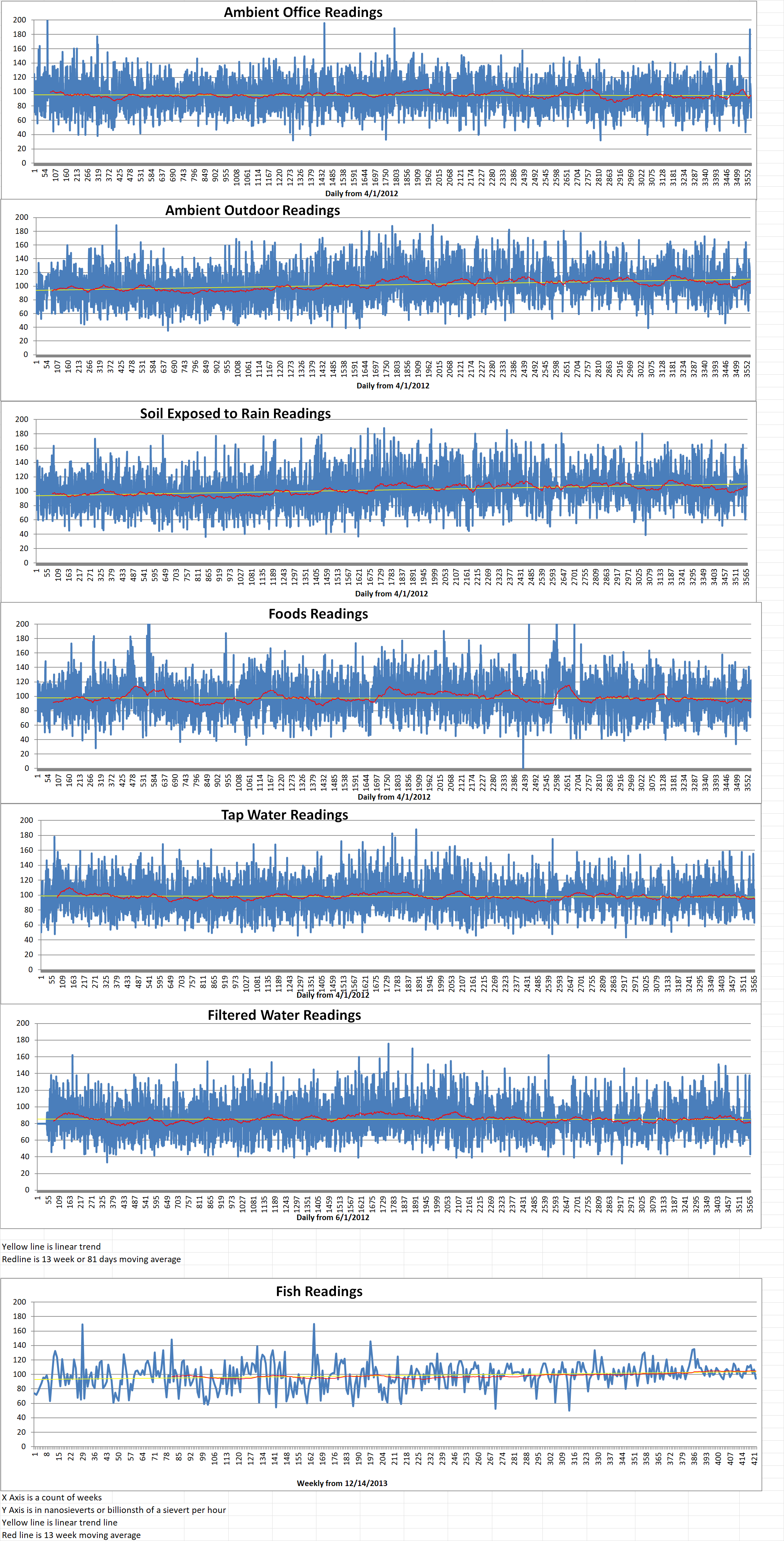Part 1 of 2 Parts
Supporters of nuclear power often favor a technology-inclusive approach over reliance solely on what they refer to as desirable-but-inadequate renewables. This framing of the debate does not compare energy generating technologies because it claims that all technologies are needed. It condenses the diverse portfolio of renewable energy sources into a single technology for the sake of the discussion. It also ignores the biggest and cheapest resource which is energy efficiency. Retrofitting existing government building with good insulation worldwide could reduce energy demand by one third. Nuclear promoters often evade any mention of nuclear energy generation’s actual status, economics, prospects and operation role. Another major problem with the call for all the renewable energy sources plus nuclear fission is the fact that backing nuclear power with lavish subsidies actually diminishes needed resources for implementing sustainable renewables.
Nuclear power accounts for about ten percent of global electricity generated but the global nuclear industry is stagnant and slipping. In 2020, nuclear power added four hundred megawatts more capacity than it retired. In 2021, nuclear capacity dropped for the seventh year in the past thirteen years. The global fleet of commercial nuclear power reactors averages about thirty-two years so requirements are outpacing additions. Global nuclear power cultures, skills, vendors and prospects are shriveling. A great deal of this is being caused by bad economics. Solar and wind are now the cheapest bulk source for at least ninety percent of world electricity. The renewables are winning between ten and twenty times more investment than nuclear.
A 2016 report claimed that foreign nuclear power plants were “competitive” but it was convincingly debunked by nuclear experts including the author of the report. The cheapest reactors in China cost at least twice as much per kilowatt hour as the Chinese wind and solar that are outgenerating them by two to one. In China, renewable investments were equal to the previous twelve-year cumulative nuclear investments.
The best analysis in the report claims that renewables plus nuclear “can create the most cost-effective carbon-free energy system” but only if it is very cheap. This assumption is based on learning curves that have not been observed for current nuclear power reactors. The assumption of improving learning curves is even less certain for new types of reactors that have not yet been built. It also assumes that renewables and storage are far more expensive than they are shown to be by empirical data. The report also ignores most grid-flexibility resources. Diverse peer-reviewed studies without the shortcomings of the 2016 report show a better match for empirical market choices and do not need nuclear power to minimize cost or carbon.
Considering over twenty-four thousand actual energy projects in the marketplace, new unsubsidized renewables make electricity five to thirteen times cheaper than new nuclear builds according to Bloomberg New Energy Finance (BNEF). Another report from Lazard merchant bank claims three to eight times cheaper. Per dollars, renewables provide three to thirteen more kilowatt hours and can displace three to thirteen times more fossil fuel electrical generation.
Please read Part 2 next
Blog
-

Nuclear Reactors 1016 – Nuclear Energy Is Not A Good Companion For Renewable Energy – Part 1 of 2 Parts
-
Nuclear News Roundup Apr 11, 2022
Palisades Nuclear Plant holds conference ahead of shut down abc57.com
Westinghouse, Framatom to supply fuel to Czech nuclear plant wtop.com
South Korea’s SK weighs investing in small nuclear reactors, eyes Bill Gates’ TerraPower reuters.com
First phase of Hinkley Point C cloud migration complete world-nuclear-news.org
-

Geiger Readings for Apr 11, 2022
Ambient office = 120 nanosieverts per hour
Ambient outside = 113 nanosieverts per hour
Soil exposed to rain water = 108 nanosieverts per hour
Green bell pepper from Central Market = 98 nanosieverts per hour
Tap water = 123 nanosieverts per hour
Filter water = 103 nanosieverts per hour
-
Nuclear News Roundup Apr 10, 2022
North Korea appears to be rebuilding tunnels at closed nuclear testing facility rfa.org
France’s EDF could sell renewables to focus on nuclear arabnews.com
New Sanctions Unlikely to Deter North Korea From Nuclear Path voanews.com
Israel says Iran has nearly enough uranium for a bomb, as talks remain stuck jpost.com
-

Geiger Readings for Apr 10, 2022
Ambient office = 114 nanosieverts per hour
Ambient outside = 159 nanosieverts per hour
Soil exposed to rain water = 156 nanosieverts per hour
English cucumber from Central Market = 80 nanosieverts per hour
Tap water = 72 nanosieverts per hour
Filter water = 63 nanosieverts per hour
-
Nuclear News Roundup Apr 9, 2022
UEC launches Wyoming hub-and-spoke project world-nuclear-news.org
New Mexico nuclear repository evacuated after discovery of radioactive liquid knau.org
No place for nuclear weapons in collective security vaticannews.va
Denmark’s Seaborg works with Samsung to develop floating nuclear plant neimagazine.com
-

Geiger Readings for Apr 9, 2022
Ambient office = 88 nanosieverts per hour
Ambient outside = 133 nanosieverts per hour
Soil exposed to rain water = 125 nanosieverts per hour
Blueberry from Central Market = 73 nanosieverts per hour
Tap water = 116 nanosieverts per hour
Filter water = 98 nanosieverts per hour
Dover sole = 108 nanosieverts per hour
-

Nuclear Fusion 175 – Researches At JET In England Report Record Breaking Fusion Power Generation – Part 2 of 2 Parts
Part 2 of 2 Parts – (Please read Part 1 first)
While fuel particles are much cooler when the reach the divertor, they still retain enough energy to knock atoms loose from the material of the divertor when they impact. Previously, JET’s divertor had a wall made of graphite. However, graphite absorbs and traps too many of the fuel particles for practical use.
About 2011, engineers at JET upgraded their divertor and inner containment vessel to tungsten. Tungsten was selected because it has the highest melting point of any metal. The inner vessel wall of the tokamak was changed to beryllium. Beryllium has excellent thermal and mechanical properties for a fusion reactor. It absorbs less fuel than graphite but can still survive high temperatures.
The energy JET produced made headlines. However, equally important is the use of the new wall materials. JET is a successful proof of concept for how to construct the next generation of fusion reactors.
The JET tokamak is the largest and most advanced nuclear fusion reactor currently operating. The next generation of reactors is already under construction. The biggest project is the ITER experiment which is scheduled to begin operations in 2027. ITER is the Latin word for “the way”. It is under construction in France and is funded and directed by an international organization of that includes the U.S. government.
ITER is going to utilize many of the material advances that the JET showed to be viable. While it does share some features of the JET, there are also some differences. First of all, ITER is huge. The fusion chamber is thirty-seven feet tall and sixty three feet in diameter. This is more than eight times larger than the JET. ITER will also utilize superconducting magnets able to produce stronger magnetic fields for longer periods of time compared to the ordinary magnets used in the JET. ITER is expected to surpass the performance of the JET in terms of energy output and how long the reaction will run.
ITER is also expected to do something central to the idea of a commercial nuclear fusion powerplant. This is the production of more power than required to operate the reactor. Computer models predict that ITER will generate about five hundred megawatts of power continuously for four hundred seconds while consuming only fifty megawatts of energy. This means that the reactor will be able to produce ten times as much power as it consumes. This is a huge improvement over the JET which required about three times as much energy than it produced for its breakthrough fifty-nine megajoule record.
The JET’s recent record has shown that years of research in plasma physics and materials sciences have paid off. They have brought scientists to the doorstep of harnessing fusion for power generation. ITER will provide a huge lead forward towards the ultimate goal of industrial scale nuclear fusion power plants. -
Nuclear News Roundup Apr 8, 2022
Samsung, Seaborg partnership on floating nuclear reactors world-nuclear-news.org
Vladimir Putin’s nuclear saber-rattling in Ukraine has the northern hemisphere contemplating a new Cold War abc.net.au
Putin triggers fears of nuclear war by showing up to funeral with secret case nypost.com
Energy strategy: No plans for new nuclear sites in Scotland bbc.com
-

Geiger Readings for Apr 8, 2022
Ambient office = 83 nanosieverts per hour
Ambient outside = 117 nanosieverts per hour
Soil exposed to rain water = 116 nanosieverts per hour
Avocado from Central Market = 92 nanosieverts per hour
Tap water = 88 nanosieverts per hour
Filter water = 79 nanosieverts per hour
